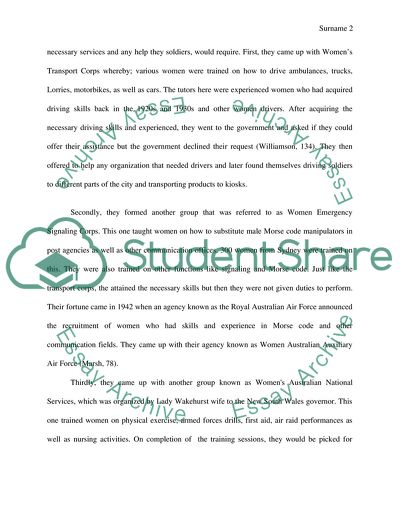Cite this document
(Role of Women in NAZI Essay Example | Topics and Well Written Essays - 3000 words, n.d.)
Role of Women in NAZI Essay Example | Topics and Well Written Essays - 3000 words. https://studentshare.org/history/1853120-the-women-of-the-holocaust
Role of Women in NAZI Essay Example | Topics and Well Written Essays - 3000 words. https://studentshare.org/history/1853120-the-women-of-the-holocaust
(Role of Women in NAZI Essay Example | Topics and Well Written Essays - 3000 Words)
Role of Women in NAZI Essay Example | Topics and Well Written Essays - 3000 Words. https://studentshare.org/history/1853120-the-women-of-the-holocaust.
Role of Women in NAZI Essay Example | Topics and Well Written Essays - 3000 Words. https://studentshare.org/history/1853120-the-women-of-the-holocaust.
“Role of Women in NAZI Essay Example | Topics and Well Written Essays - 3000 Words”. https://studentshare.org/history/1853120-the-women-of-the-holocaust.


